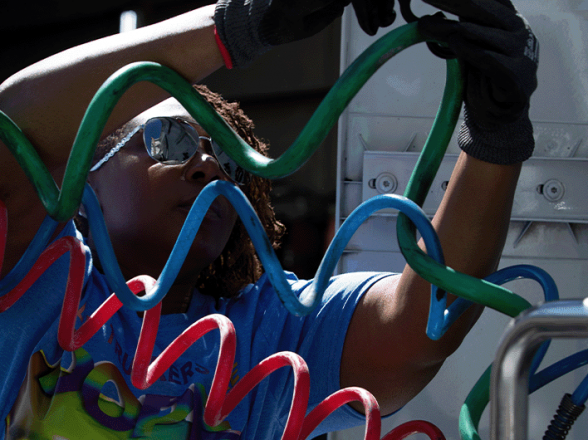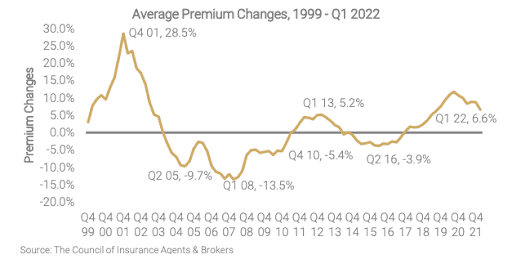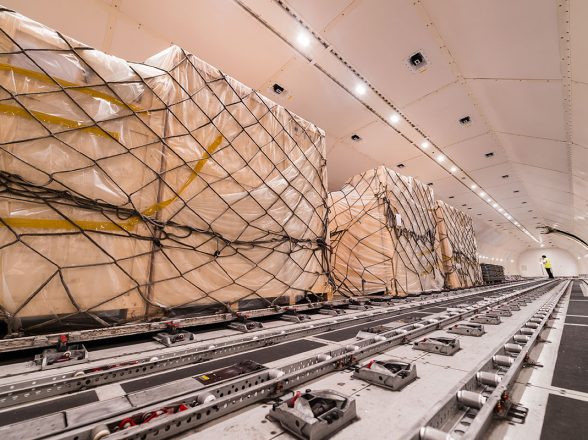ESSE news
Blog
MELT finally producing better qualified entry-level drivers: TCA Panel
Mandatory entry-level training (MELT) in Ontario is finally showing signs of producing better trained drivers, human resources professionals said during the Truckload Carriers Association’s Bridging Border Barriers event this week.
Tom Boehler, director of safety and compliance with Erb Group, said “specifically in the last year,” driver trainers are seeing better qualified entry-level drivers applying for work. “We’ve seen a significant rise in confidence in the drivers coming in,” he noted. MELT has been in place in Ontario since 2017, but in the initial years following its implementation Boehler said Erb didn’t see much difference in the quality of newly licensed drivers.
Eugenia Churilov, director of safety, compliance and security with Kriska Transportation Group, agreed there’s been some improvement, but she’s eager to see further progress.
“There is definitely an improvement, but I hope this minimal level is going to be brought up even higher eventually,” she said.
Matt Richardson, vice-president of training school KRTS, said the MELT requirements place more emphasis on practical knowledge and competency-based training. However, he said not all training schools are complying with the minimum standard, and in fact, some have sprung up just to circumvent it.
“There are about 20% more schools since MELT [was put in place],” Richardson said. “MELT was brought in to try to improve the overall quality of training, but with loopholes out there, there are still bad actors and always will be.”
He cited examples of schools signing off on hours of training that were never provided, teaching students the bare minimum to pass a road test, and operating out of trucks without a suitable classroom. Why are such schools allowed to continue operating?

“There’s not enough enforcement from the ministry to be able to get around to the facilities there are complaints against,” he said, noting the same enforcement officers monitoring trucking schools are also responsible for other industries such as hairdressing.
Both Boehler and Churilov said their companies are willing to develop young talent, when insurance companies will provide coverage. Churilov added they must meet the same skills expectation and go through the same orientation and training as any other hire.
“We still have to qualify them,” she said of younger hires. “Why not? If the insurance industry allows that, that’s a big one too. Insurance companies have to allow us to do that.”
Boehler said Erb recently took a chance on an 18-year-old, who has since left the company but gone on to have a successful career and even perform in the National Truck Driving Championships.
“We definitely get more calls now than we used to from recruiters saying they are looking to start hiring entry-level drivers,” Richardson said. “Generally, my first question is, ‘What does your finishing program or mentorship program look like?’”
That question is generally met with silence, Richardson added. “We are not going to promote that opportunity to our students if the company doesn’t have a finishing program in place.”
Richardson also noted more companies are investing in training for existing employees in the warehouse or other departments who have the right attitude to make it as a driver and may want a career change.
While Covid-19 has impacted how new hires are trained and oriented, standards have not loosened, both Churilov and Boehler agreed. Finishing programs and training are generally customized for the individual and can range, at Erb, from eight to 12 weeks based on trainer feedback and the driver’s progress.
Erb is now incorporating behavioral analysis in its hiring, to identify drivers with the personality traits to be safe and successful. The testing identifies their tolerance for risk and ability to be trained to avoid such behaviors.
When it comes to safety technologies, Boehler said in-cab cameras have been one of the most effective tools the fleet has incorporated. They allow the fleet “to get ahead of that [risky] behavior before something happens,” he added.





























